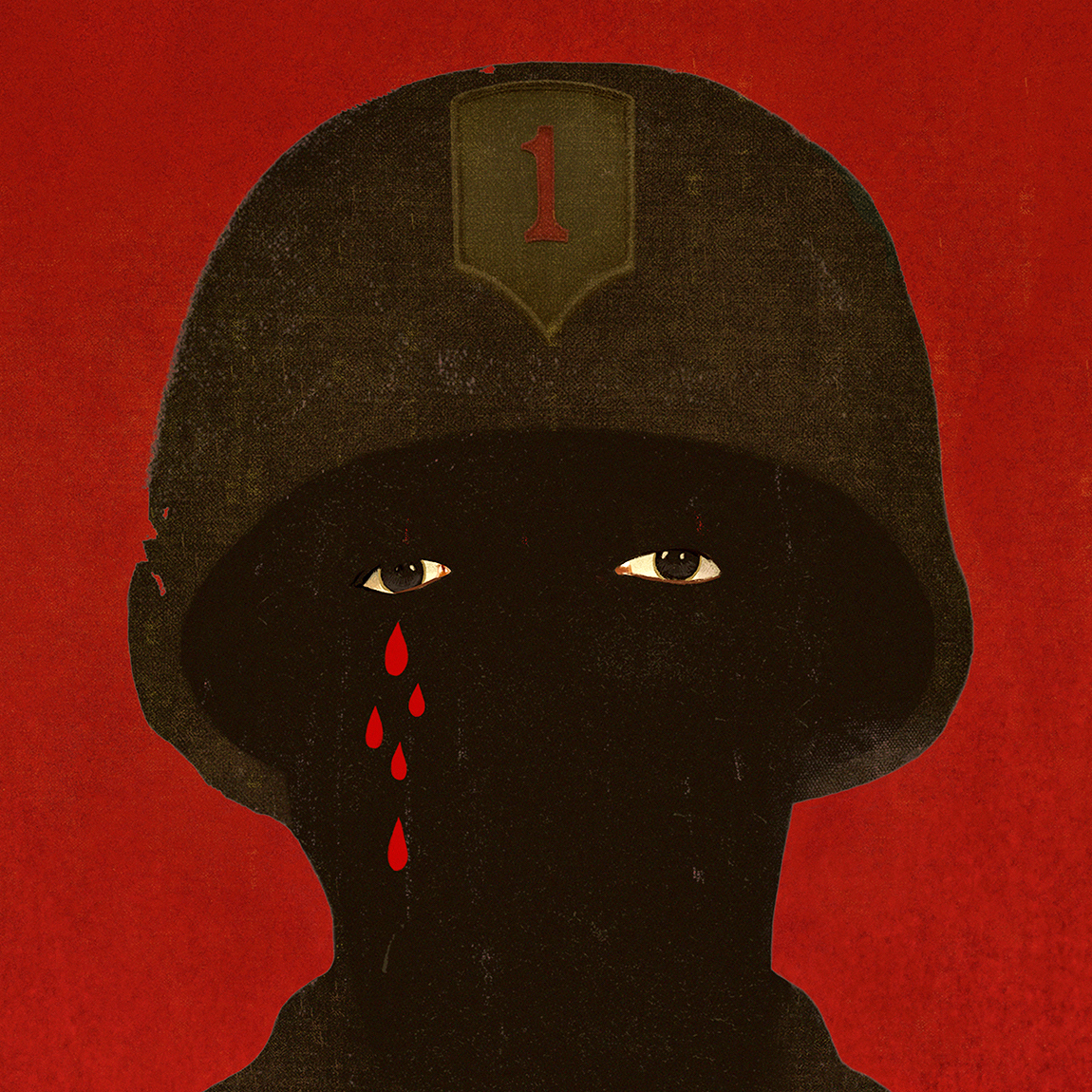SPONSORED BY: ASC Master Class
About the Discussion
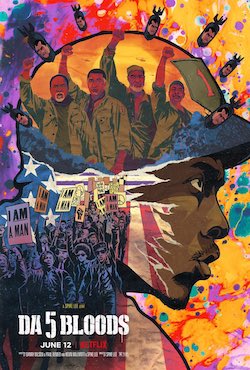
Shot by Newton Thomas Sigel, ASC and directed by Spike Lee, Da 5 Bloods opens with a montage of archival film and television footage from the 1960s and ’70s (backed by Marvin Gaye's "Inner City Blues") spanning the United States’ 10-year presence in Southeast Asia, where 2.2 million American men were drafted to intervene in the conflict between North and South Vietnam, and black soldiers represented more than a quarter of draftees. Many films have been made about the Vietnam War since its resolution in 1975, but until Da 5 Bloods, few were from the perspective of black American soldiers.
The story jumps forward half a century, where a quartet of veterans calling themselves the Bloods (Delroy Lindo, Clarke Peters, Norm Lewis and Isiah Whitlock, Jr.) return to Vietnam to dig up a cache of gold bars and the remains of their squad leader Stormin’ Norman (Chadwick Boseman). In a series of flashbacks to the war — in which the elderly actors convincingly play their younger selves — it’s revealed that the Bloods were on a mission to retrieve a stash of gold from a downed CIA plane. But, in the wake of Martin Luther King Jr’s 1968 assassination, the men decided to keep the treasure as reparations. Their plan is thwarted when Norman is killed when they’re ambushed by Vietcong and a napalm strike destroys the plane, scattering its precious cargo.
For the Bloods — like so many veterans and Black Americans — the conflict of the ’60s and ’70s never really ended. Repressed feelings of loss and trauma from well up as the past is exhumed; they’re as desperate for closure as they are gold, perhaps more so, and it’s difficult to tell which is the heavier burden, or what will come at the greater cost.
Da 5 Bloods wears its cinema pedigree on its sleeve, with clear visual lines drawn between it and Apocalypse Now (shot by Vittorio Storaro, ASC, AIC), the widescreen epics of British director David Lean, and Sigel's own work in documentaries, including El Salvador: Another Vietnam and Nicaragua: Report From the Front.
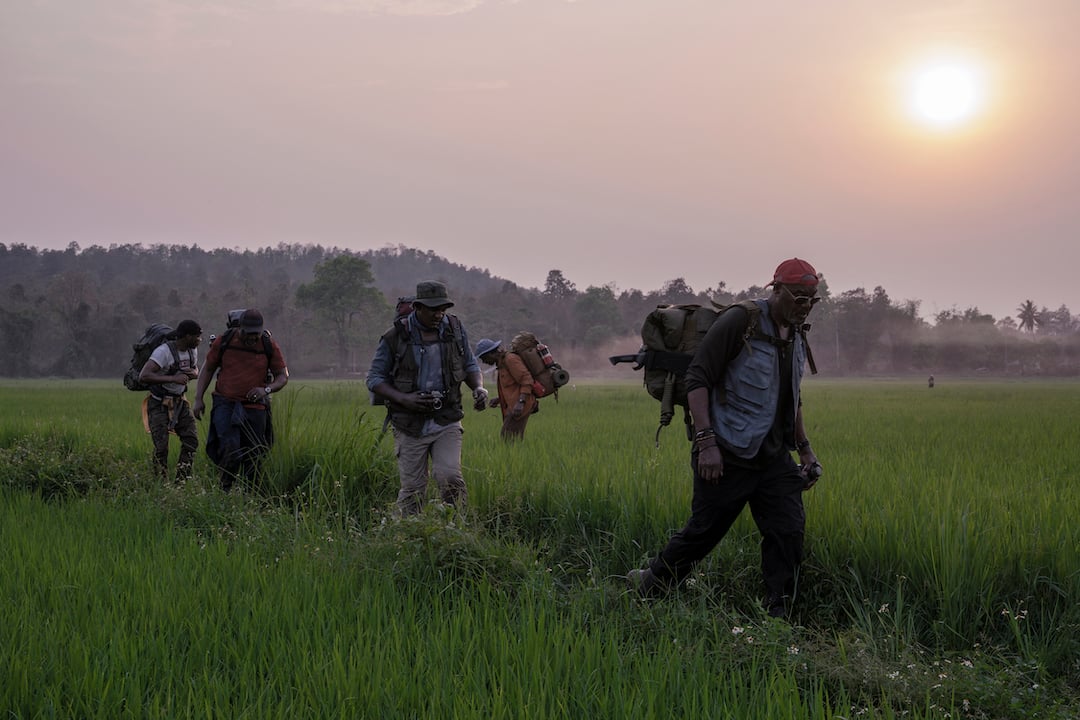
Sigel, who previously worked with Lee on a number of commercials, shot all the of the contemporary action in Ho Chi Minh City in the 2.40:1 aspect ratio with an Alexa LF and DNA lenses. All of the jungle sequences were shot in Thailand, either in the 1.85:1 aspect ratio with an Alexa Mini and Angenieux Optimo zooms for the present, or in 1.33:1 with an Arri 416 and Zeiss Super Speed T1.3 primes on 16mm Ektachrome 100D color reversal film 7285 for the flashbacks. A Canon 1014 XL-S Super 8 camera operated by actor Norm Lewis captured travelogue sequences on the same stock.
Sigel’s cameras and lenses were provided by Arri Rental London. Lighting and grip were sourced through VS Service in Thailand, whose founder, Chesda “Pop” Smithsuth, served as gaffer, and his son, Pithai Smithsuth, as second-unit cinematographer.
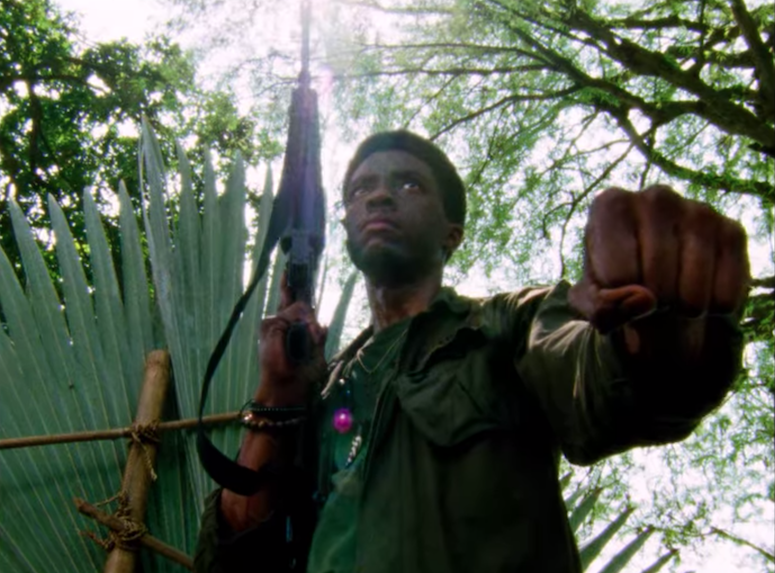
Back in Los Angeles, Spectra Film and Video developed the 16mm footage and Pro8mm developed the Super 8 footage, which were then scanned at 4K by Company 3, where colorist Stephen Nakamura performed the final grade.
About the Cinematographer
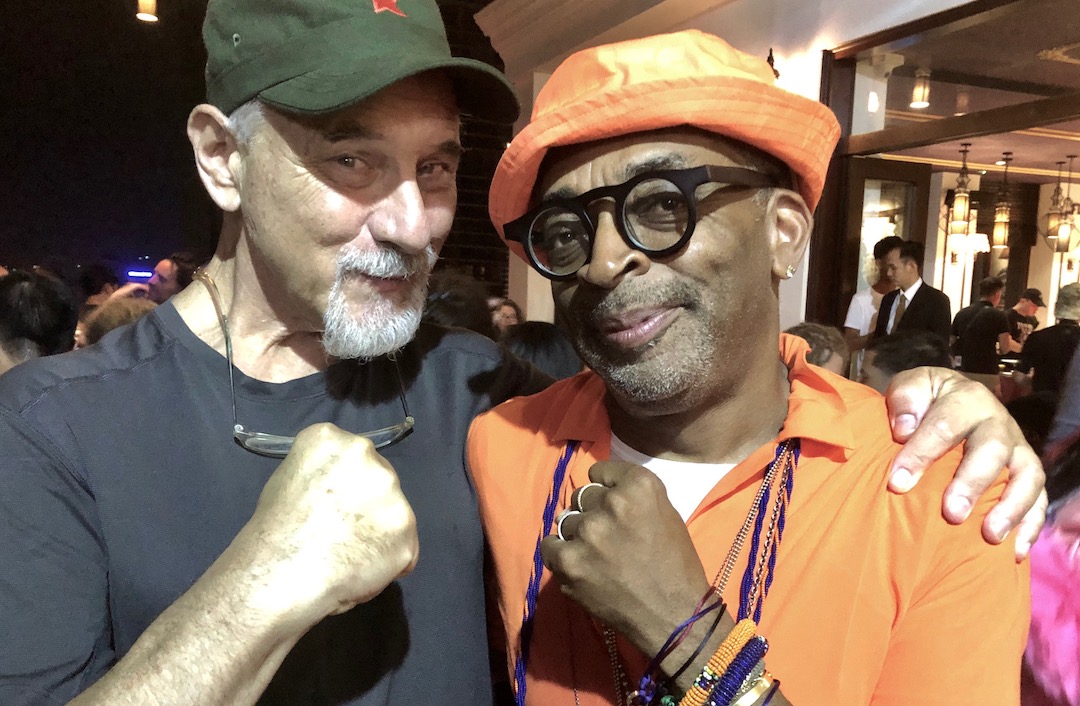
Newton Thomas Sigel, ASC began his artistic career as a painter and experimental filmmaker while studying at the Whitney Museum of American Art in New York City. He transitioned to documentaries while covering the Central American wars of the 1980s, which included working on the Academy Award-winning Witness to War: Dr. Charlie Clements and When the Mountains Tremble. Catching the eye of legendary filmmaker Haskell Wexler, ASC, he got his first narrative opportunity on Latino, which led to second-unit work with Oliver Stone on Platoon and Wall Street.
He earned a strong reputation amongst visual storytellers for his work on the cult classic The Usual Suspects. His use of exotic film stocks and innovative negative processing methods on Three Kings laid the foundation to new avenues of cinematography. In 2010, he photographed Nicolas Winding Refn’s Hollywood debut, Drive.
Other credits include: Bob Rafelson’s dark noir tale Blood & Wine starring Jack Nicholson and Gregory Hoblit’s Fallen, starring Denzel Washington; Confessions of a Dangerous Mind and Leatherheads with longtime collaborator George Clooney; Terry Gilliam’s The Brothers Grimm; Alan Ball’s directorial debut, Towelhead; and Reginald Hudlin’s Marshall, starring Chadwick Boseman as the United States’ first black Supreme Court Justice. He also collaborated with Yuen Wo-Ping, the grandmaster of martial-arts cinema, on Crouching Tiger, Hidden Dragon: Sword of Destiny; with Robert Redford on The Conspirator; and with Halle Berry on Frankie and Alice.
Sigel most recently spoke to AC about his work in the Queen biopic Bohemian Rhapsody.
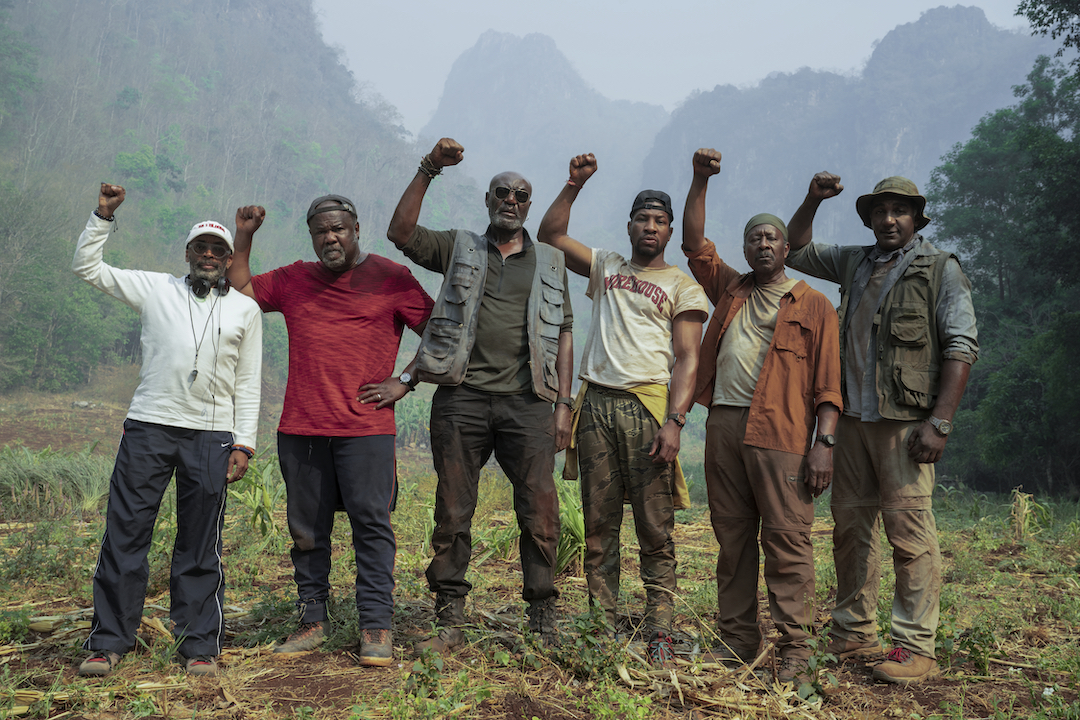
Follow American Cinematographer on Facebook, Instagram and Twitter.

American Cinematographer interviews cinematographers, directors and other filmmakers to take you behind the scenes on major studio movies, independent films and popular television series.
Subscribe on iTunes